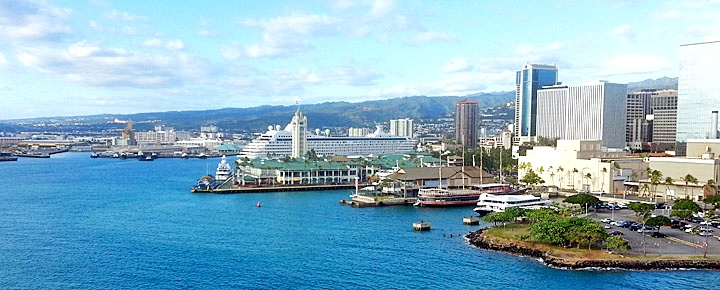Travel
Hawaii Travel Leaps Forward: New Interisland Travel Trials Starting

Regent’s full-scale Viceroy Seaglider prototype is entering a new phase, with actual crewed sea trials scheduled in the next 90 days. Traveling at speeds of up to 180 mph, this innovative electric vessel is poised to reshape interisland travel. Hawaiian Airlines and other airline partners have already placed significant orders for Seagliders, marking a major step toward eco-friendly, faster transport options for the islands.
Seaglider plans to transform interisland travel.
Hawaii Travel is uniquely positioned to benefit from the Seaglider. As we highlighted in previous articles, such as “New Maui Ferry Plans + Upcoming Seaglider: Double Boost to Hawaii Travel?“, this technology promises to reduce emissions, cut down travel time, and offer a greener alternative to existing ferry and air services.
Comments from our recent articles have expressed excitement about this development. In “Hawaii Seaglider Flies Forward with Major Airline Partners and State Support,” readers like Mary-Frances commented, “Wow, can’t wait to try it!” This excitement is shared across Hawaii’s community, as the Seaglider promises a breakthrough in sustainable transportation.
The Viceroy is Regent’s smaller vehicle, designed to carry up to 12 passengers. It serves as the precursor to its larger Monarch sibling, which will feature a capacity of about 100 passengers and is slated to follow the Viceroy’s sea trials. The Monarch will target higher-demand routes, similar to what Interisland flights currently do, offering expanded capacity while still maintaining Seaglider’s eco-friendly and high-speed ability.
Environmental concerns remain among key issues.
Despite the overwhelming enthusiasm, significant concerns persist. In the same article, Lorrie warned, “Please do marine life safety studies before we kill even more marine animals.” These concerns echo past anxieties similar to the Hawaii Superferry project, and highlight the need for robust environmental impact studies to ensure marine ecosystems remain protected.
In our article “Japan Airlines Joins Hawaiian Airlines: $7 Billion REGENT Seaglider Fleet,” readers like John W. pointed out the potential hazard to migrating whales and swimmers: “Any vessel traveling at high speed can be said to be a hazard.” These concerns must be addressed for the project to succeed in Hawaii’s delicate marine environment.
2024: A pivotal year for Hawaii travel innovation.
Looking ahead, the end of 2024 could be a watershed moment for Hawaii’s global and interisland travel. In tandem with the Seaglider’s sea trials, Boom Supersonic is also preparing for its first supersonic flights. With both advancements converging, Hawaii travel is positioned at the forefront of a revolution that may include faster, greener solutions. As we look forward to these developments together, it’s clear that Hawaii’s transportation future is on the brink of being redefined.
For more information on Regent’s progress, check their full press release here.
We welcome your comments!










